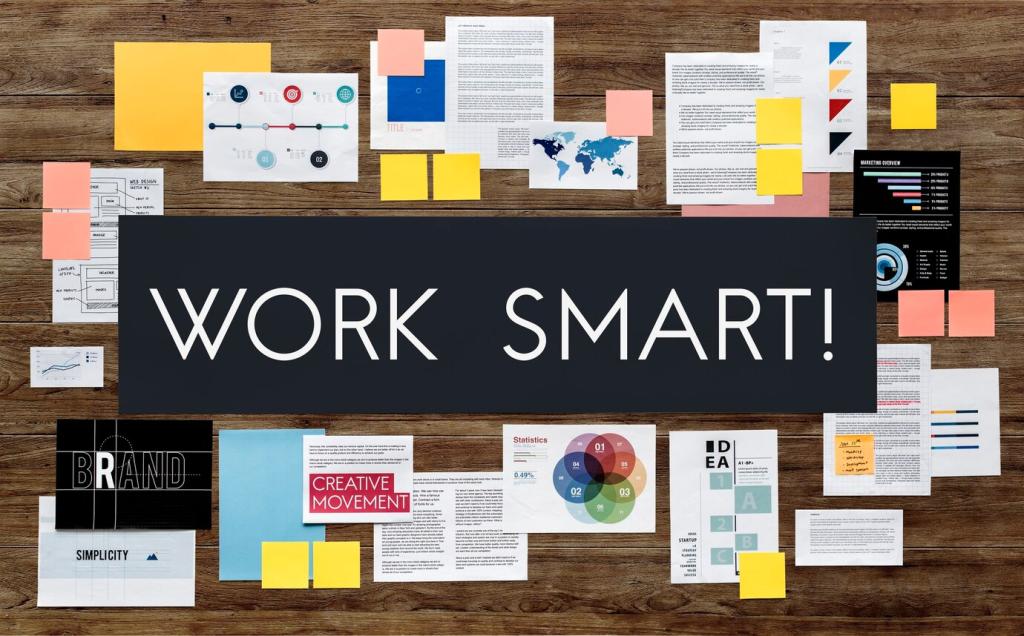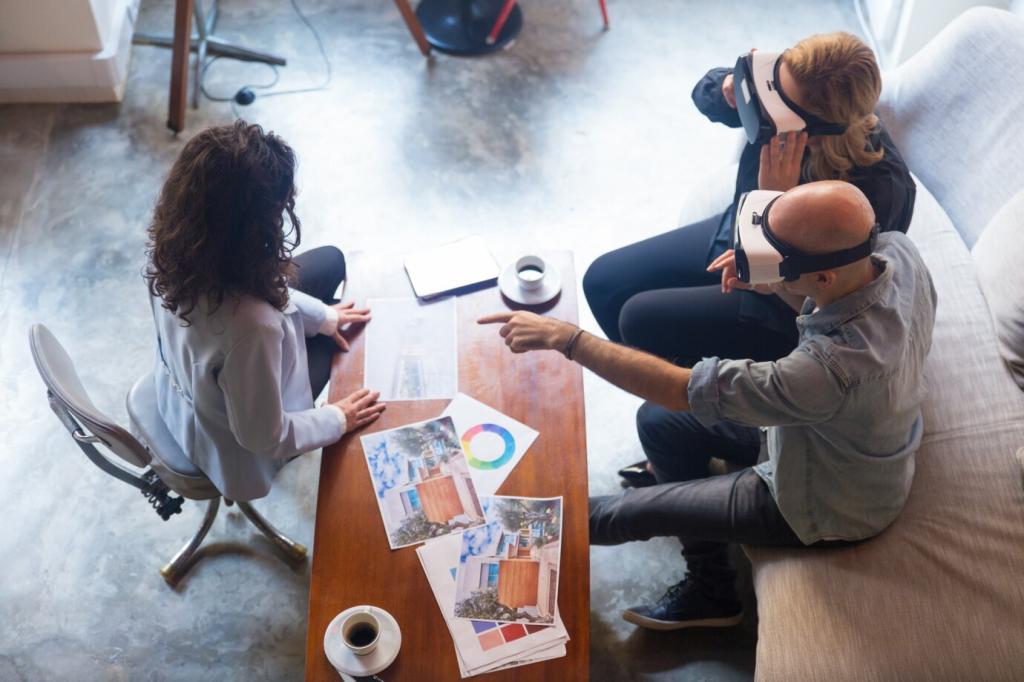Creating an efficient and inspiring home office in limited space requires thoughtful planning and creativity. Whether you live in a compact apartment or are just carving out a corner in a multi-purpose room, it is absolutely possible to establish a work environment that fosters focus, productivity, and comfort. This guide explores practical strategies, smart solutions, and motivational tips to help you maximize every square inch while ensuring your home office works as hard as you do.
Understanding Your Space
Start by identifying spots in your home that could function as a dedicated workspace. Look for spaces with minimal foot traffic, adequate ventilation, and access to natural light if possible. Closets, alcoves, corners, or even underused hallways can become dynamic work zones with a bit of imagination. Measuring the space precisely and observing light patterns throughout the day will help you choose the optimal location to establish your productive oasis.
Choosing the Right Furniture
Compact Desk Solutions
For tight quarters, compact desks or wall-mounted surfaces are invaluable. Choose a desk with a slim profile, but don’t compromise on surface area if you require space for a computer, notepads, and other basics. Consider fold-down desks or ladder desks that provide workspace when needed and tuck away when not in use, optimizing the functionality without permanently occupying precious floor space.
Multi-Functional Furniture
In spaces where every square inch counts, furniture that serves more than one purpose is a game-changer. Look for ottomans with storage inside, desks with built-in shelving, or chairs that aesthetically blend into living areas when not in use as office seating. This approach lets your office adapt throughout the day, supporting both work tasks and the other activities that fill your home.
Seating for Comfort and Posture
Never underestimate the importance of a quality chair, even in a small office. Choose a compact, ergonomic design that supports good posture without taking over the room. Chairs that can roll under the desk, fold away, or double as dining seating are especially valuable in multipurpose rooms where flexibility and space saving are priorities.
Maximizing Natural Light
Position your desk near a window whenever possible. Natural light boosts mood, reduces eye strain, and supports longer, more comfortable periods of focus. Sheer curtains allow you to soften light without losing brightness and can help prevent glare on screens. Even if your only available workspace isn’t near a window, consider using mirrors or reflective surfaces to bounce light and create the illusion of a more open, brighter workspace.
Smart Use of Task Lighting
When natural light is insufficient, supplement with task lighting. Opt for adjustable lamps with LED bulbs to brighten your desk area as needed. Clip-on, gooseneck, or under-shelf lights can be positioned precisely where you need illumination, especially in workspaces with limited room for floor or table lamps. Select a light temperature that keeps your eyes comfortable and alert during work hours.
Clutter can quickly overwhelm a modest workspace, so be ruthless about what you allow into your home office zone. Keep only the necessary tools and supplies within arm’s reach, whether it’s your laptop, notepad, or a small desktop organizer. Regularly sorting through work materials and removing excess items ensures your desk remains functional and tidy, regardless of its size.
Organization for Efficiency

The colors on your walls and furnishings can deeply impact your mindset. Lighter shades, like soft pastels or cool neutrals, can make a space feel more expansive and luminous. Alternatively, strategic pops of vibrant color can energize and focus the mind without cluttering the room visually. Finding a palette that encourages productivity and feels personal will help make the office your own.

Infuse your office with elements that reflect your personality. Whether it’s a piece of art, a favorite mug, or a desk plant, personal touches foster a sense of ownership and comfort in your workspace. These small details do more than decorate—they remind you that your office is a uniquely tailored environment, which can lead to greater motivation and enjoyment throughout your workday.

Consider the power of non-visual cues in creating a productive environment. Low-level background noise, such as white noise machines or gentle music, can help block out distractions and signal your brain that it’s time for work. Similarly, scents like citrus, peppermint, or lavender can uplift or relax, depending on your needs. Introducing these elements subtly transforms your small office into a multisensory haven for concentration.
Previous slide
Next slide
Previous
Next
Staying Organized Over Time
End each workday by tidying your desk space. Adopt a practice of returning items to their storage spots and clearing surfaces. This habit prevents disorganization from accumulating, makes for a pleasant start every morning, and reinforces the idea of your work zone as a dedicated, productive environment, even within a limited area.
